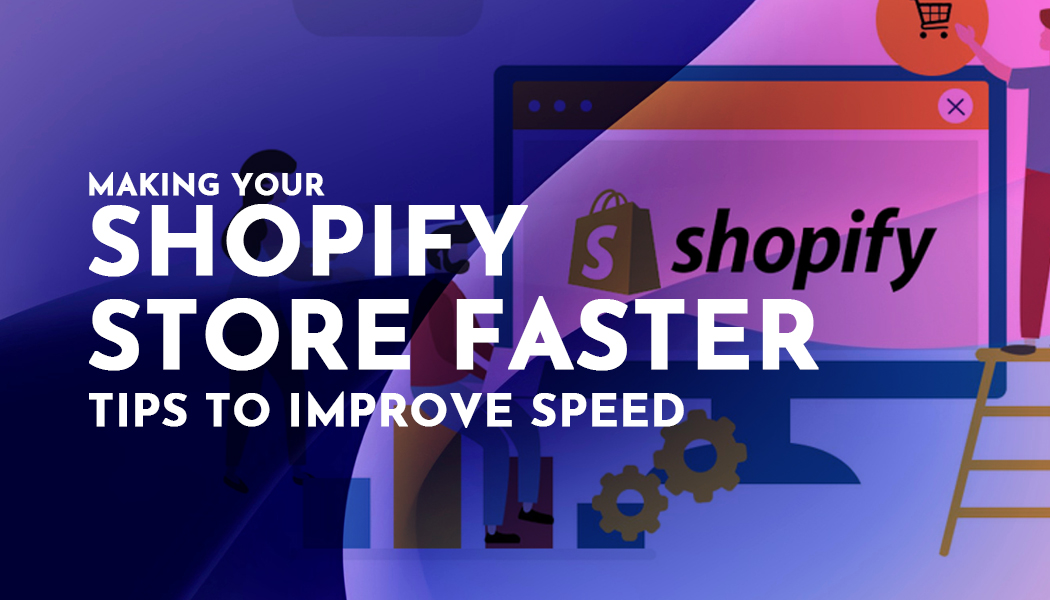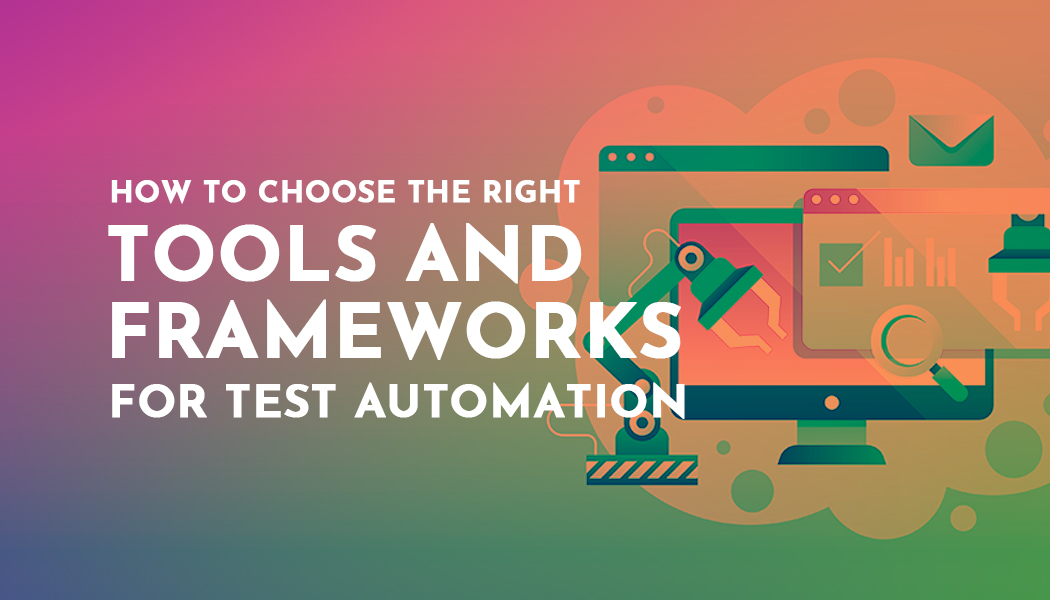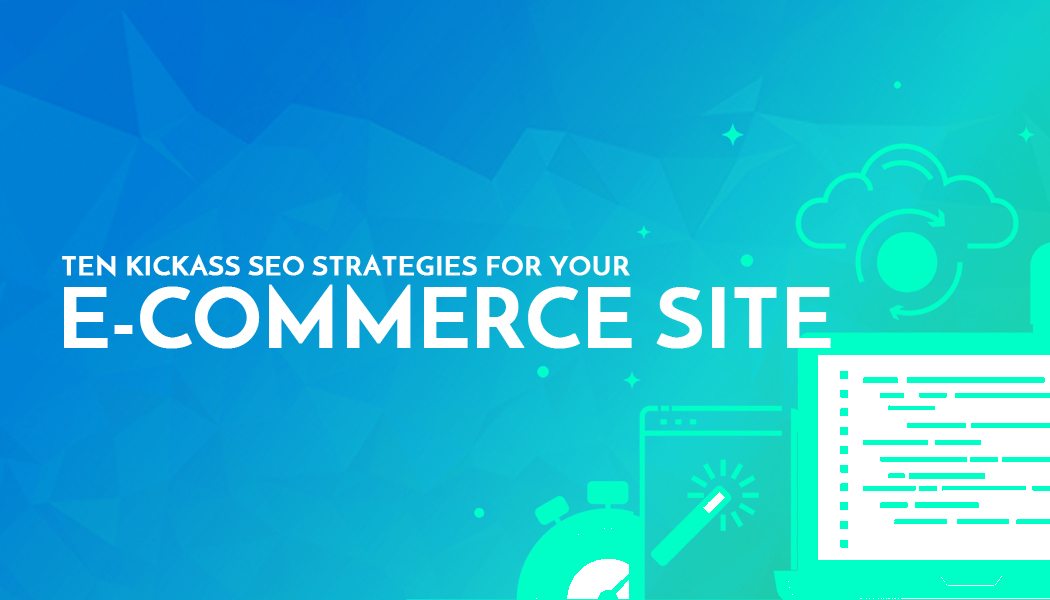Making Your Shopify Store Faster: Tips to Improve Speed
Why Shopify Store Speed Matters
Shopify store speed is important for several reasons. Fast loading times keep visitors engaged on your site. Studies show higher bounce rates on slow sites. Customers expect quick page loads and may leave if pages take too long.
Speed also impacts conversions and sales. Faster sites encourage visitors to browse and purchase. Slow speeds hurt checkout completion rates. Shoppers abandon slow carts and buying is interrupted.
Finally, site speed affects SEO and rankings. Google uses page speed as a ranking factor. Faster sites get higher search rankings. Slow stores suffer in mobile rankings. Optimizing speed improves organic traffic and visibility.
Top Ways to Improve Shopify Site Speed
You can make your Shopify store faster by optimizing images, choosing lightweight themes, fixing redirects, leveraging caching and CDNs, minimizing code, and upgrading your Shopify plan.
1. Optimize Images
Optimizing images is one of the most effective ways to improve Shopify site speed. Large, unoptimized images can slow down load times. Use image optimization tools to compress images without losing quality. Reduce image file sizes by resizing to appropriate dimensions.
Also use lazy loading for images below the fold. This defers offscreen image loading until users scroll down. Convert large files to newer formats like WebP for smaller sizes. Optimize product images, logos, hero banners, and any other visuals. With properly compressed and resized images, pages will load much faster.
2. Choose a Fast Theme
The theme you choose can have a significant impact on your Shopify store's speed. Some themes are inherently heavier and slower due to complex features, animations, and bloat.
Opt for a lightweight, fast loading theme like Debut, Venture, or Dawn. Avoid overly complex themes with a lot of unnecessary apps, widgets, and sliders that can slow things down. Also, make sure to customize the theme to what you actually need rather than keeping everything activated. Remove any unused homepage sections, turn off unneeded theme settings, and don't overload on apps unless they are essential. Choosing an optimized theme and customizing it to your needs can make a big difference in site speed and performance.
3. Reduce Redirects
Redirects can slow down your site speed if not optimized. Eliminate any unnecessary redirects on your Shopify store.
Fix broken links and errors like 404s which redirect users unnecessarily. Use a redirect map plugin to properly handle required redirects.
Limit redirect chains which force users to load multiple pages. Analyze your site’s redirect paths and optimize them for efficiency. Reducing unnecessary redirects improves user experience and site speed.
4. Optimize Shopify Apps
Shopify apps provide great functionality but can hurt site speed if not optimized. Take steps to ensure your apps are performing efficiently.
- Audit all apps and remove any unused, outdated or redundant apps that aren't needed.
- For essential apps, check reviews and choose speed-optimized options with caching built-in.
- Configure app settings for maximum performance like limiting API requests.
- Place app embed codes in optimal locations like footer to prevent blocking page load.
- Check for app conflicts and disable ones causing crashes or glitches.
- Periodically review apps for new versions with speed enhancements.
Optimizing your Shopify apps can eliminate unnecessary bloat and speed up your site without losing important functions.
Also read: The Revolution Apps That Make a Difference
5. Minify Code
Minifying your site code is an easy way to improve page load times. Minification removes extra spaces, comments and unnecessary characters from HTML, CSS and JavaScript files to reduce their size.
For example, an uncompressed JavaScript file might look like:
// initialize slider
var slider = document.getElementById('slider');
if (slider) {
createSlider(slider, 5000);
}
After minification, it would look like:
var slider=document.getElementById('slider');
if(slider){createSlider(slider,5000);}
As you can see, minification significantly reduces the file size without altering functionality. Enable minification on your Shopify store through apps like CSS Minify and JS Speedshop to optimize code and speed up page loads.
6. Enable GZIP Compression
Enabling GZIP compression is an easy win for faster page speeds.
GZIP reduces file sizes by compressing text, HTML, CSS, JavaScript and other assets before sending them over the network. This makes files much smaller and faster to load.
Most hosting providers have GZIP enabled by default. But it's worth double checking and enabling compression through your Shopify admin. There are also apps like GZSpeed that make enabling GZIP a breeze. With reduced file sizes, GZIP compression can optimize speed and page load times.
7. Optimize Media
Large media files like high-resolution videos and GIFs can significantly slow down your Shopify site. Take steps to optimize your media for faster load times.
For videos, avoid uploading directly to Shopify. Instead, host videos on a platform like YouTube or Vimeo and embed them. This prevents large video files from bogging down your site. For GIFs, swap them out for more optimized MP4 or WebP formats whenever possible. You can also compress and resize GIFs to smaller file sizes. Finally, enable lazy loading for media files below the page fold. This prevents all videos and GIFs from loading at once and slowing things down. With some strategic optimizations, you can have media that engages customers without hurting site speed.
8. Check for Technical Issues
- Review DNS configuration - An incorrectly configured DNS can cause slow load times and loading errors. Make sure your DNS is pointing to your Shopify store properly. Use a tool like DNS Inspect to detect issues.
- Check for server overload - Traffic spikes and limited bandwidth can overload servers and cause slow downs. Monitor your server load and upgrade to more robust infrastructure as needed.
- Fix faulty code - Buggy HTML, CSS or JavaScript code can bog down a site. Audit your code and fix any errors causing performance drag.
- Update software versions - Using outdated versions of apps, themes and the Shopify platform can impact speed. Maintain everything up-to-date for optimal performance.
- Review third-party integrations - External tools like analytics, chat and reviews can add bloat. Remove or replace integrations that are slowing things down.
9. Upgrade Shopify Plan
Upgrading to a higher Shopify plan is an easy way to get faster page load times for your shopify website development.
Higher plans like Shopify and Advanced Shopify offer more performant infrastructure and servers. This provides significant speed improvements over basic plans. Upgrading plans also gives you more advanced features like dynamic page caching to serve pages faster. If your current plan is leading to a slow store, consider upgrading plans for automatic speed enhancements.
However, upgrading is not mandatory for a fast store. Many optimizations like optimizing images and fixing redirects can be done on any plan. But if you have a high traffic shopify website development and want the very fastest speeds, higher Shopify plans deliver the best performance. Speak to your Shopify rep about upgrading for specifics on how it can boost your site speed.
Shopify site speed factors you can't control
While there are many optimizations you can make, some site speed factors are outside of your control. These external elements still impact your site performance.
- Visitor connection speed - The internet speed of each visitor impacts load times. Optimize for average connection speeds.
- User device capabilities - Mobile phones typically load slower than computers. Test on different devices and optimize.
- Geographic location - Servers closest to visitors will load fastest. Use a CDN to distribute content globally.
- Network conditions - Performance varies based on network congestion and outages. Monitor for issues impacting the site.
- Third-party performance - External tools like chat, reviews, analytics impact speed. Minimize when possible.
Though you can't control these external factors, being aware of them helps better optimize your Shopify site speed from within your control.
Conclusion
Optimizing the speed of your Shopify store should be a top priority for any shopify website development. A fast, responsive website leads to more satisfied customers, higher conversions, and better SEO. Luckily, there are many impactful tips you can implement like compressing images, choosing lightweight themes, upgrading plans, and fixing redirects. By following the speed enhancement strategies outlined, you can significantly improve your site's performance. Continuously monitoring and testing your Shopify store’s speed will ensure it remains fast as you scale and meet demands of growing traffic over time.




